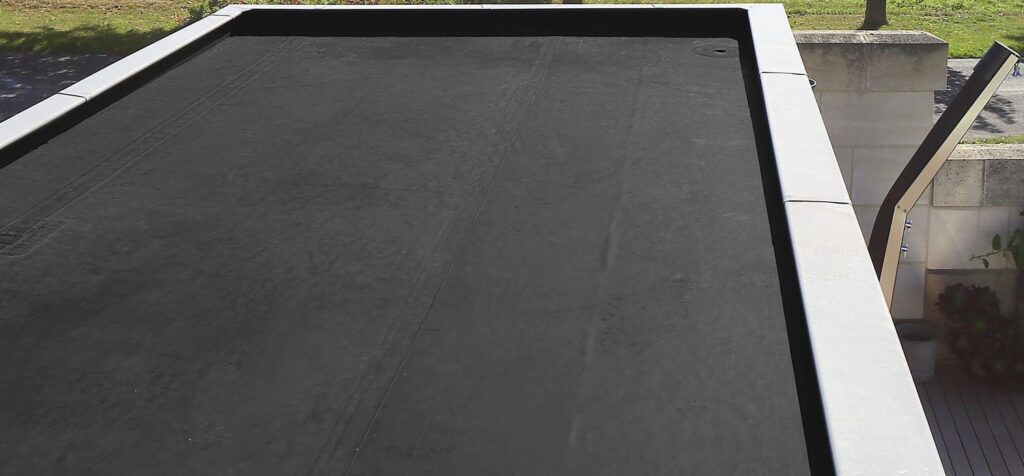


This is one question homeowners and industrial building owners ask themselves. They are not even sure if their flat roof needs waterproofing after installation. What is really the essence of waterproofing your roof? You might ask.
Waterproofing is one of the best ways to keep your roof in shape and check. It reduces the amount of exposure your roof has to weather conditions like heavy rains, scorching sun, etc. Which, if not taken care of, affects the lifespan of your roof.
Waterproofing can be used for both sloppy/pitched roofs and flat roofs. It is easier to add waterproofing to a pitched roof than a flat roof because of its sloppiness. But waterproofing is as effective in a flat roof as it is in a pitched roof.
That said, there are elements to consider when waterproofing your flat roof. You should consider the following elements when you want to waterproof your flat roof.
The following are the 3 processes of installing waterproofing on your roof
This waterproofing method involves the use of liquids like fiberglass, fleece membranes, reinforced plastic, etc.
This waterproofing method has a lifespan of at least 20 years and a maximum of 40 years. But this depends on the quality of the waterproofing material used, how it was installed, and the level of maintenance done after it was installed.
This is one of the most applied and used waterproofing methods. It involves putting a membrane on your roof. You can use 2 membranes but most people prefer 3 so they can be sure of its longevity.
After putting the layers on your roof, you then use hot bitumen to bond them together. If you are using it on a warm flat roof (BUR), you should join the layers with a polyester bearer, and place them on the insulation horizontally. But if you are using a cold roof, you should place it on the structural deck.
The self-adhesive, torching, and cold applications are processes used for installing the membranes on your flat roof.
As suggested, this is usually used on warm roofs like EPDM, PVC, TPO, etc, to get the best result and longevity. It has different measurement ranges you can use on your flat roof.
This material is usually laid across the insulation. And just like the reinforced bitumen membrane, it can be used on the structural deck too. For more effectiveness, it is also added under the insulation. The methods for installing adhesion, ballasting, and fastening.
With all that has been said, your roof should be waterproofed. It is not necessary but rather compulsory. If you want to enjoy your flat roof for a long period, then you should install a waterproofing system on your roof. To learn more about how to waterproof your flat roof, you should reach out to Williamsburg Roofing NY through 366 Grand Street Williamsburg, NY 11211, 718-690-7084 https://www.williamsburgroofingny.com/.
